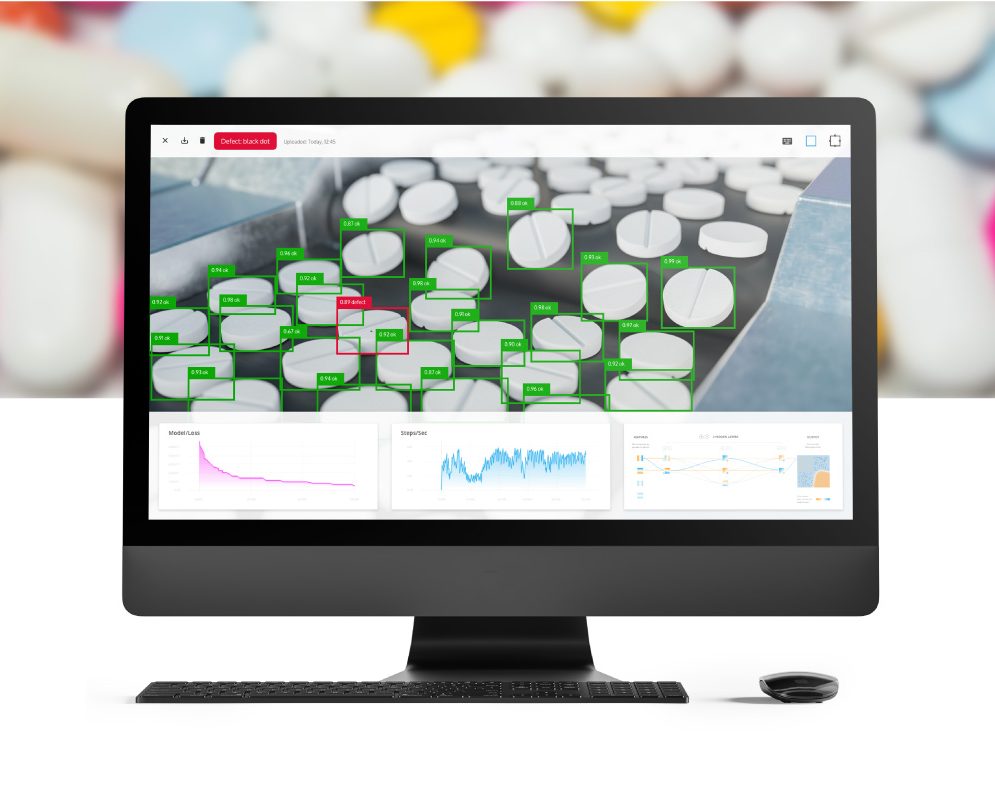Quality assurance is essential for a successful production line. However, since highly functional software solutions make it possible to use conventional cameras, there is no need for highly complex hardware solutions.
Image processing software with deep learning and artificial intelligence
Traditionally, quality control works via a rule-based system. This is complex in the initial setup and not flexible in terms of the product and production line of the industry. In contrast, control systems based on machine learning offer the advantage that quality assurance processes can be continuously optimized. Based on the results of previous inspections, they can learn new patterns and thus further improve their control system for error detection. Thanks to this universality, image processing software can be used to inspect almost all quality defects, such as blowholes, cracks or weld seams.

Advantages of software-based image processing in industry
Modern industry is characterized by fierce competition. Products must be optimally manufactured in terms of quality and production costs in order to remain competitive. Through optimized quality control based on artificial intelligence, such as with AI.SEE™, software-based image processing opens up the possibility of simple in-line integration. No customized hardware solutions are required for such a control system, which can save on high acquisition costs. This solution also offers a high degree of flexibility in terms of adaptability to changing production chains. The initial integration into production can be implemented using pre-trained neural networks and therefore does not require a long start-up time. Large amounts of existing image data from past production also enable reliable testing at the level of a trained employee in quality assurance.
Showcases.
Your path to automatic quality assurance with elunic
Get in touch.
Do you have a project enquiry? Please do not hesitate to contact us - we will be happy to answer you promptly.







































































































